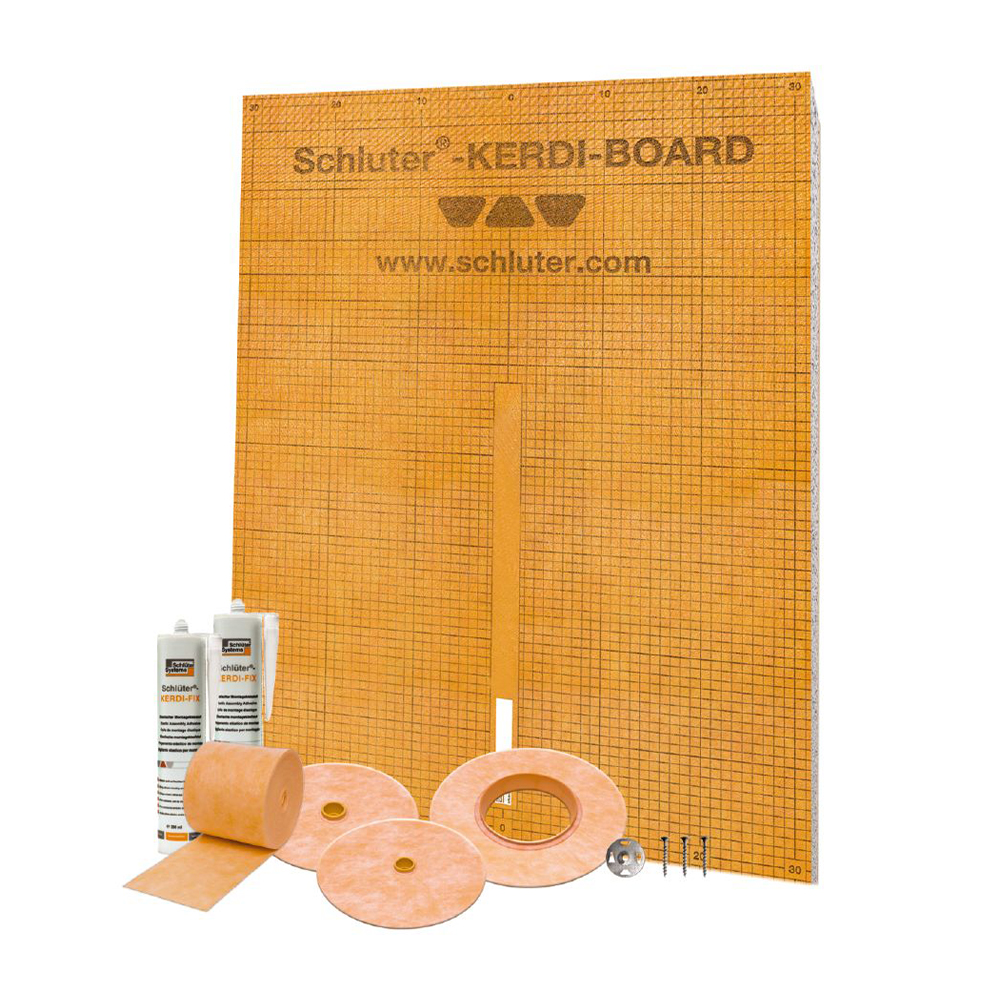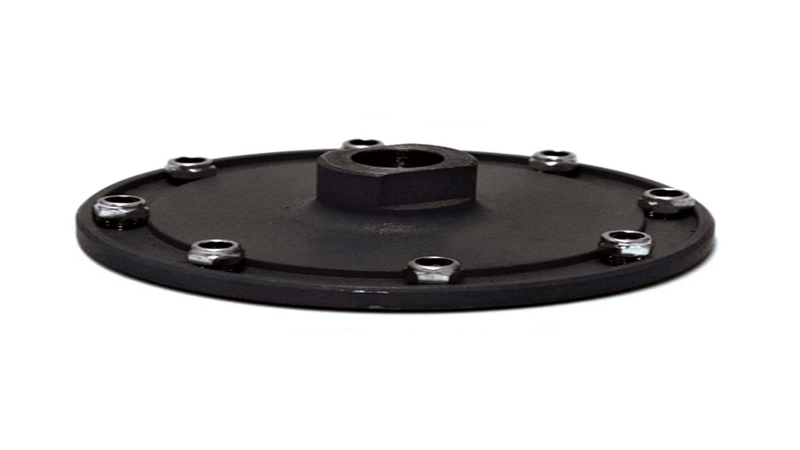A floor-based heating system is an effective solution for comfort and efficiency. A boiler is not required. Instead, a contractor can install floor heating cables during a home building or remodeling project. The cable is an alternative to water tubes and pipes under the floor.
Advantages
Floor heating cables turn the entire surface into a radiator. This is in contrast to other forms of heat, in which rooms are warmest near electric baseboards or furnace registers. If furnace ducts are located in a crawlspace, there’s always a brief blast of cold air through the vents when the fan turns on. With a forced-air system, rooms also are cooler near registers that return air to the furnace.
Heated floors mean no need to wear shoes or slippers because feet stay warm. In addition, under-floor heat is quiet and does not blow dust around the home.
Efficiency Considerations
Electric baseboard heaters generally cost more to run than gas furnaces. Under-floor heating is different, though. That’s because heat rises through the building, creating an even temperature. The thermostat can be set at a lower temperature because people feel comfortable.
A programmable digital thermostat makes the system even more efficient for households with fairly regular schedules. The residents can program the device to reduce the temperature when nobody is home all day. It signals the cables to provide more warmth when the first resident is about to return. An override is included so residents can turn the programming off during vacations and other schedule changes.


